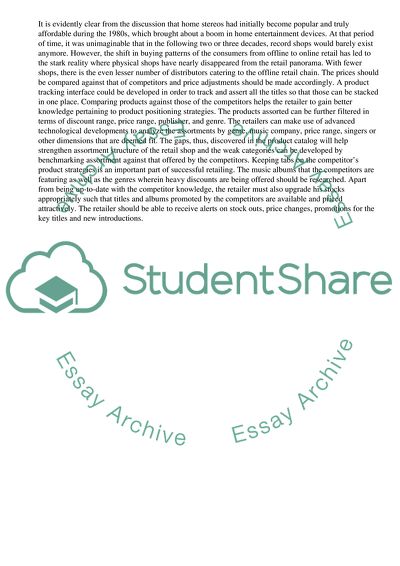Cite this document
(“The Retail Environment and the Supply Chain of Online and Offline Assignment”, n.d.)
The Retail Environment and the Supply Chain of Online and Offline Assignment. Retrieved from https://studentshare.org/business/1655181-e-business-music
The Retail Environment and the Supply Chain of Online and Offline Assignment. Retrieved from https://studentshare.org/business/1655181-e-business-music
(The Retail Environment and the Supply Chain of Online and Offline Assignment)
The Retail Environment and the Supply Chain of Online and Offline Assignment. https://studentshare.org/business/1655181-e-business-music.
The Retail Environment and the Supply Chain of Online and Offline Assignment. https://studentshare.org/business/1655181-e-business-music.
“The Retail Environment and the Supply Chain of Online and Offline Assignment”, n.d. https://studentshare.org/business/1655181-e-business-music.


